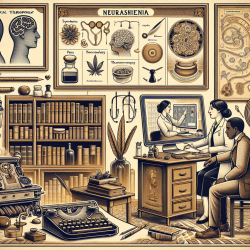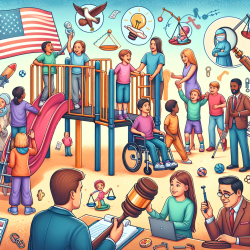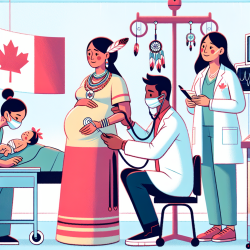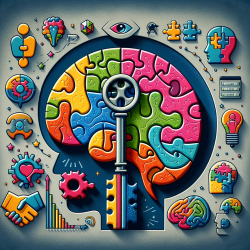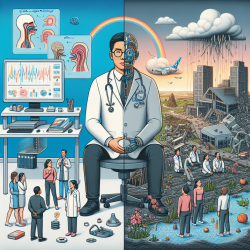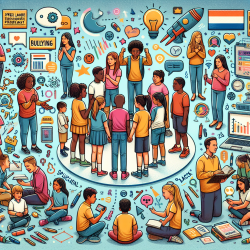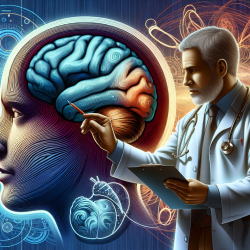Introduction
Neurasthenia, a term coined in the late 19th century, was once considered a prevalent mental illness among white upper-middle-class Americans. This blog explores the cultural and medical discourse surrounding neurasthenia and how understanding its historical context can enhance modern therapeutic practices. By examining the intersection of medicine, culture, and politics, practitioners can gain insights into the complexities of mental health diagnoses and their implications for therapy today.
The Rise of Neurasthenia
Neurasthenia was first described by George M. Beard in 1869 as a condition characterized by "nervous exhaustion." It was thought to result from the rapid pace of modern life, with its demands on the nervous system. The diagnosis became a symbol of cultural and racial superiority, primarily affecting white Anglo-Saxon men who were seen as the epitome of civilization.
Beard's theory suggested that the pressures of urban-industrial modernity depleted the "nerve force" of these individuals, leading to a range of symptoms from anxiety to physical weakness. This diagnosis was embraced by many as it aligned with the societal values of the time, reinforcing racial and gender hierarchies.
Cultural Implications and Gender Dynamics
Neurasthenia was not only a medical condition but also a cultural construct that reflected the anxieties of the era. It highlighted the perceived fragility of American masculinity and the threat posed by racial and sexual heterogeneity. The treatment for neurasthenic men often involved a retreat to nature, symbolizing a return to a more "primitive" state to rejuvenate masculinity.
For women, the diagnosis of neurasthenia was linked to the societal expectations of domesticity and motherhood. Women who sought intellectual or professional independence were often labeled as neurasthenic, reinforcing gender roles and limiting their opportunities.
The Decline of Neurasthenia
By the 1920s, the diagnosis of neurasthenia began to decline, largely due to advancements in medical science and the rise of psychiatry and psychology. These fields offered more specific explanations for mental health issues, moving away from the vague and culturally loaded diagnosis of neurasthenia.
The decline also coincided with America's rise to global power, which reduced the national anxieties that had fueled the popularity of the diagnosis. The shift in cultural and political dynamics led to a reevaluation of what constituted mental illness and who was affected by it.
Implications for Modern Practice
Understanding the historical context of neurasthenia provides valuable insights for modern practitioners. It highlights the importance of considering cultural and societal influences in mental health diagnoses and treatment. By recognizing the biases and assumptions that shaped past medical practices, therapists can develop more inclusive and effective approaches to therapy.
Encouraging further research into the historical and cultural aspects of mental health can lead to a deeper understanding of current challenges and opportunities in the field. Practitioners can draw parallels between past and present to inform their practice and improve outcomes for clients.
To read the original research paper, please follow this link: “Our one great national malady”: Neurasthenia and American Imperial and Masculine Anxiety at the Turn of the Twentieth Century.
